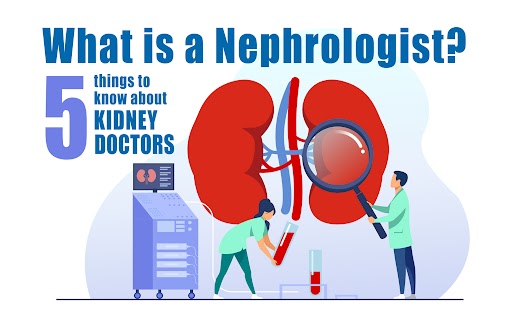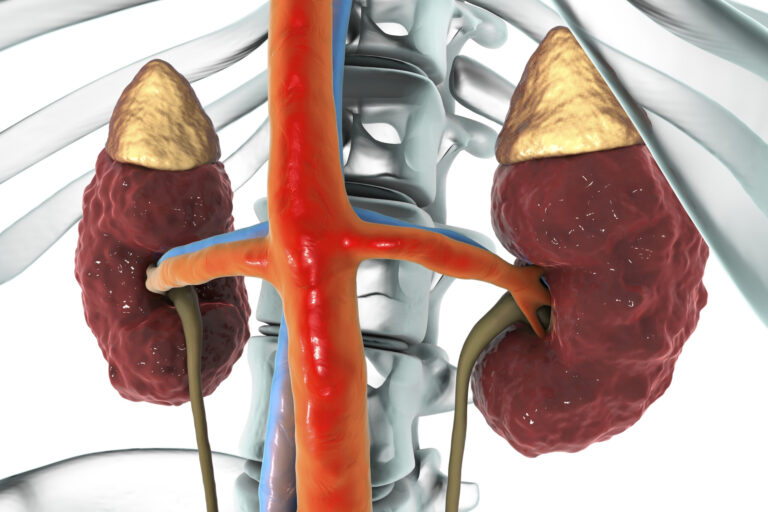People with lupus often have kidney problems. The kidneys are the most common organ affected by lupus nephritis, but not always. There can also be extrarenal symptoms of lupus nephritis. Extrarenal means that they affect other parts of the body than the kidneys.
When the kidneys start to get worse, people might feel other things that are not related to the kidneys. For example, they might feel tired and have a fever. Chronic kidney disease (CKD) can be hard to diagnose in people with lupus. It takes up to two years for symptoms and signs of kidney failure to appear. The prevalence rate for CKD ranges from 50% – 75%.
“Lupus nephritis patients on dialysis are the youngest and most at risk for mortality. Do not neglect the extrarenal symptoms.”
Tripti Singh, MD; Director of the Lupus Nephritis Clinic, UW Madison
This blog post talks about the extrarenal symptoms of lupus nephritis. These are other symptoms caused by lupus nephritis that you should not ignore. These symptoms include arthritis, pericarditis, pleuritis, vasculitis, and myositis. Do not neglect these symptoms!

What Are The Extrarenal Symptoms Of Lupus Nephritis?
Depression And Anxiety
Lupus patients who feel down or anxious should know that lupus could be the cause of this. Depression and anxiety can also cause fatigue, to have pain, or not sleep. It also can cause thoughts of suicide.
Extreme Fatigue
Many people with lupus get tired. They may need to rest a lot. This can make it hard for people to do things like exercise and work outside the home.
According to The American Psychiatric Association, 50% of people with Lupus experience depression.
Forgetfulness (Brain Fog)
Over half of people living with lupus may be experiencing some sort of brain fog
Hair Loss
Hair loss is a common symptom in people with lupus nephritis. In some cases, there may be inflammation of the scalp (alopecia areata). Hair can grow back if it is not due to alopecia areata.
Joint Pain (Arthritis)
85% of people who have Lupus Nephritis have pain in their joints.
Mouth Sores
Lupus can cause mouth sores. More than 40% of people living with lupus suffer from mouth sores. They are most common on the tongue and inside of the cheeks, but they may also appear near or in the tonsils, gums, and lips.
Some people with lupus develop a condition called lichen planus. Lichen Planus is inflammation of the mucous membranes in the mouth.
Sores in the mouth will get better over time without treatment. Using an OTC medication like Lidocaine-Prilocaine Cream (EMLA) may speed up the process.
Myositis
People with lupus nephritis can develop myositis which affects their muscles. It can also affect the muscles of major organs like the heart.
Neurological Problems
Patients on dialysis for lupus nephritis are more likely to have neurological problems. These problems can be seizures or peripheral neuropathy (tingling numbness). They happen because of nerve damage.
Pericarditis and Pleuritis
Some patients can get a disease that affects the tissue around their heart and lungs. It’s called pericarditis or pleuritis and can cause chest pain or shortness of breath.
Skin Symptoms
People with lupus nephritis may get rashes. These rashes are erythema nodosum, erythroderma, and pyoderma gangrenous.
Vasculitis
Some patients develop a condition called vasculitis. They feel pain in their joints or muscles. They might also feel feverish, or have a rash.
Weight Loss
Some patients with Lupus Nephritis may lose weight. 20% or One-fifth of people with lupus report having a decreased appetite or losing weight.
What Are The Risk Factors For The Extrarenal Symptoms?
Patients most at risk include those with:
- pre-existing heart conditions such as coronary artery disease (CAD)
- hypertension
- diabetes mellitus
- hyperlipidemia
- smoking
- obesity
- HIV/AIDS
What can patients with lupus nephritis do?
Staying active is critical for people suffering from lupus nephritis. Try things like taking the stairs instead of the elevator, biking around town, or doing yoga.


